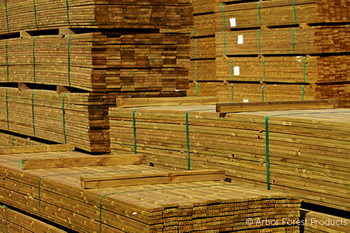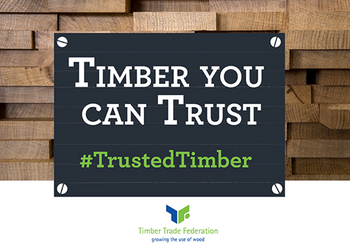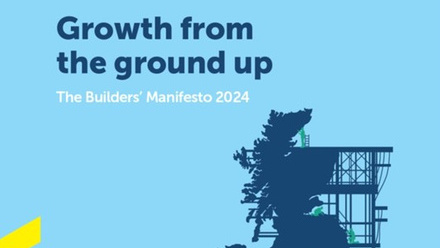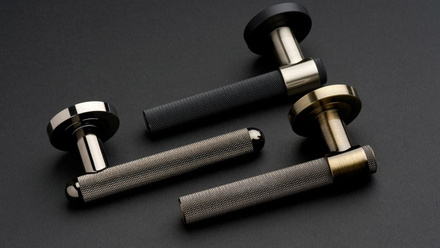
The words ‘Use Class’ sound as if they have more to do with illicit substances than timber products, but making sure the ‘treated timber’ you buy is appropriate to the end use – the Use Class – that you intend is vital to your safety and that of your team. It also makes a critical difference to how long certain timber products will last.
Take the example of timber decking joists. They should always be treated to at least Use Class 3 (exterior) but if they are laid on the ground, even if they’re not in the ground, as a fence post would be, they still need to be treated to Use Class 4 (suitable for ground contact). The essential factor is that contact with the ground, whether it’s on top of a membrane, gravel, or grass, means wood will stay wet for a lot longer and needs to be treated accordingly. If you want your householder customer to enjoy a long-lasting installation you therefore need to ask your builders’ merchant for timber joists that are treated to Use Class 4, which is specifically for timber that’s in contact with the ground.
Builders’ merchants sell ‘joist material’ and some of it will be labelled ‘preservative treated’, ‘green treated’, or perhaps ‘brown treated’, or even just as ‘treated’. What does this actually mean? Joist material or carcassing is generally intended for use
internally within a building. This means it may have received a level of preservative treatment appropriate to Use Class 2, for interior use only, where the timber is unlikely to be in contact with any water. It won’t therefore last if you use it outside under decking where it will inevitably get wet.
There is a discussion going on at builders’ merchant and timber supplier level as to whether carcassing should be treated to a level appropriate for Use Class 2 (internal) or Use Class 3, which can be used either internally or externally but critically only above the ground. Some suppliers and merchants are adopting this stance, others are not yet doing so as each rise in the level of timber treatment involves extra cost.

The Timber Trade Federation and its members, who include timber suppliers, timber merchants and forward-thinking builders’ merchants, are running a campaign to uplift knowledge about timber treatments and their appropriate Use Classes, to help everyone understand what they are buying, and what it can be used for. Over the coming year, our members will be aligning their systems so that documentation carries meaningful descriptions more helpful to builders’ merchant trade counter staff and to you as the builder.
In the meantime, for the benefit of your homeowner customers, and for the safety of you and your team, just remember these three Use Classes and ask the right questions when you next visit your merchant. Is the timber treated to Use Class 2 for internal use; to Use Class 3 for interior or exterior use ABOVE ground, or Use Class 4 for use on or in the ground. If you local merchant needs more information or training, Timber Trade Federation members are here to help. Our mission is to make sure everyone benefits from Timber you can Trust. #TrustedTimber





